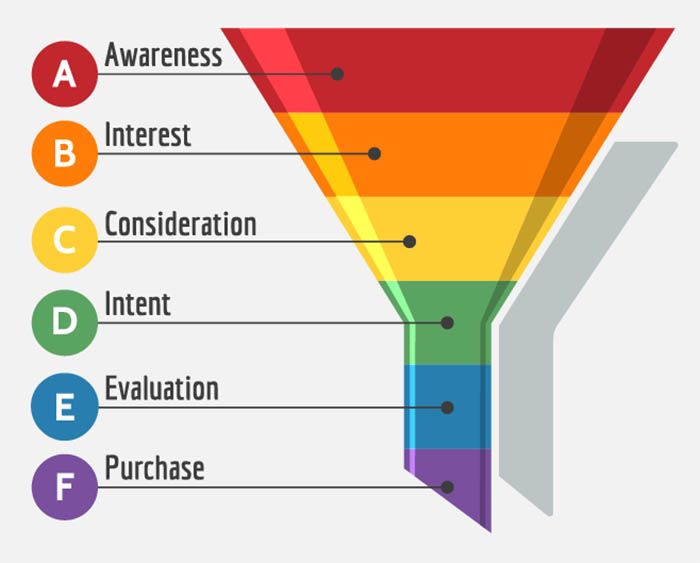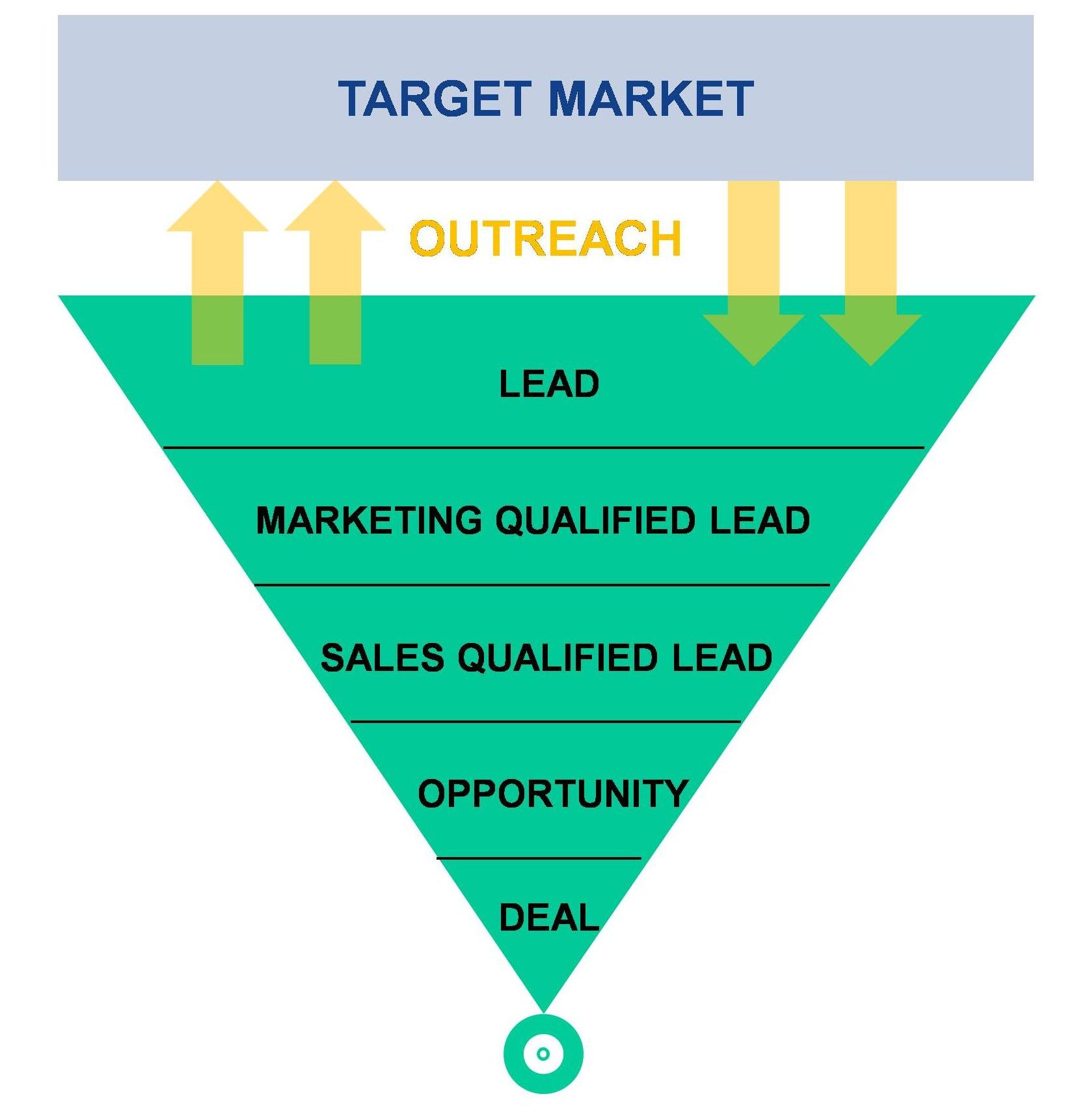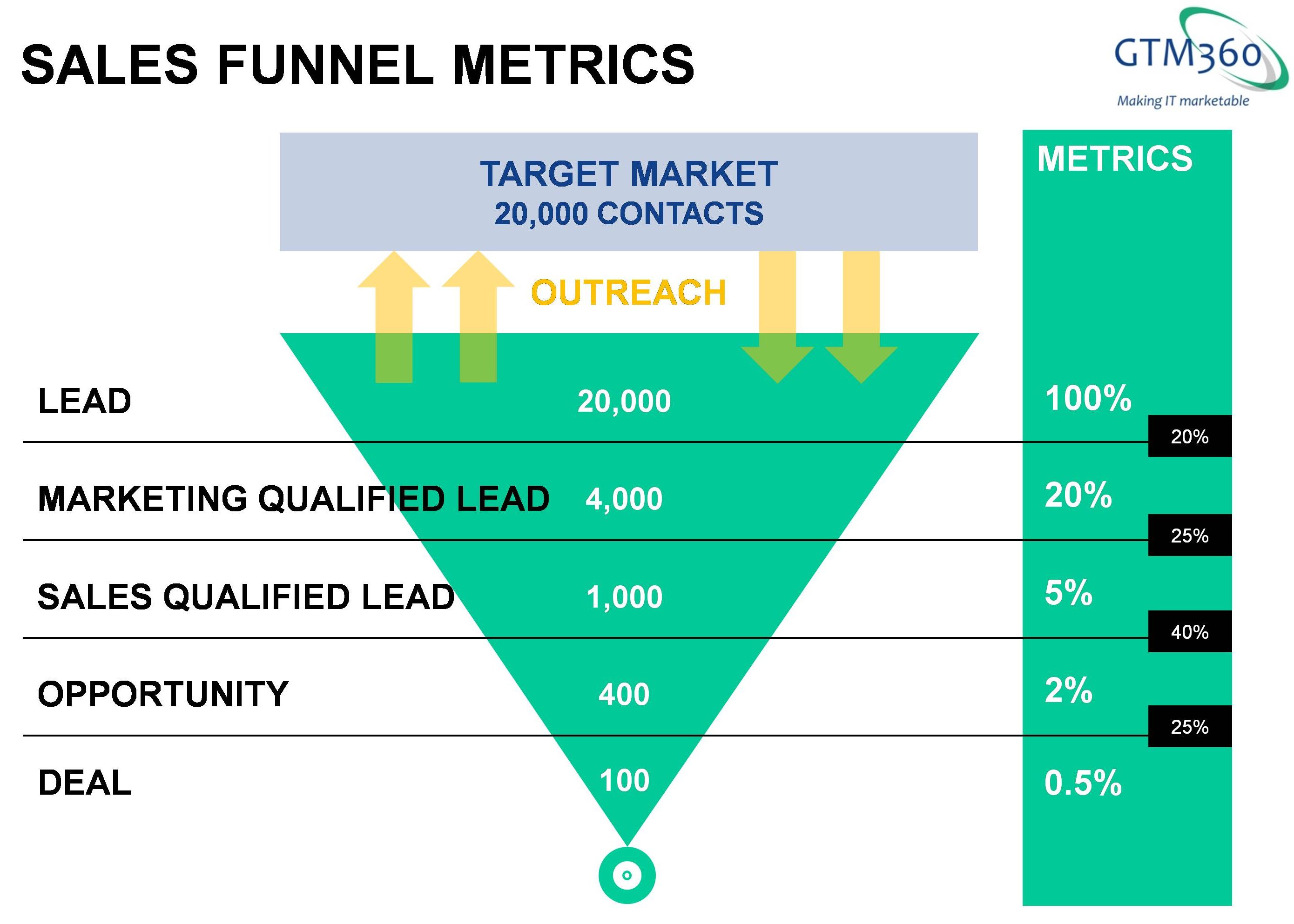Any business endeavor has many drivers of success. Leadgen is no exception.
But, unlike other pursuits, outsourced B2B lead generation has one driver that has an outsized influence on its success: Definition of Lead.
If you get this right, half your success is assured. On the other hand, if you leave it to your outsourced vendor, failure is almost guaranteed.
That’s because lead means different things to different companies – even to different people within the same company. This leads to massive ambiguity in the nature and cost of the deliverable, which is a sureshot recipe for disaster in any outsourcing engagement.
Over the years, we have come across a wide array of definitions of lead from IT product and services companies. Let me list the three most common definitions below:
- L1: Lead is the name and email of somebody in the prospect company who may or may not have heard of you, the Seller.
- L2: Lead is someone in the prospect company who has heard of you and has expressed an interest in knowing more about what you offer.
- L3: Lead is someone in the prospect company who will place the order on you tomorrow.
Nothing right, nothing wrong. It’s a free world, you can want whatever you want. But all leads are not equal. You need to appreciate that, depending on how a Lead is defined, its price and delivery period can vary by as much as 1:100. Yes, I repeat, 100X.
Different companies have different expectations of a Lead. Which is fine as long as they understand that price & delivery period for a lead can vary from 1X to 100X depending on how Lead is defined.https://t.co/it2vBfyqfh . #LeadGen
— Ketharaman Swaminathan (@s_ketharaman) May 25, 2020
To understand why there’s such a drastic variance in price and delivery period of a lead, consider the following standard purchase funnel and sales funnel.


Now, let’s map the three types of leads to the combined funnel.
As we can see:
- Lead L1 lies at the top of the funnel (TOFU) and maps to Lead
- Lead L2 lies at the middle of the funnel (MOFU) and maps to Sales Qualified Lead (SQL)
- Lead L3 lies at the bottom of the funnel (BOFU) and maps to Deal.
In a typical sales process, cases drop off the funnel as you traverse from top to bottom e.g. purchase shelved, order lost, etc. Therefore, not every TOFU case becomes a MOFU case; and not every MOFU case becomes a BOFU case.
Typical conversion rates in B2B technology product and services business are as follows:
- TOFU to MOFU: 20,000 Leads yield 1,000 SQLs ~ 5% ~ 20 Leads / SQL
- MOFU to BOFU: 1,000 SQLs yield 100 Deals ~ 10% ~ 10 SQLs / Deal
- Ergo TOFU to BOFU: 20,000 Leads yield 100 Deals ~ 0.5% ~ 200 Leads / Deal
This is illustrated in the following exhibit.
As we can see, conversions vary from one funnel stage to another. Ergo, the cost of a lead will vary depending on the funnel stage at which it is located i.e. definition of lead.
To take an analogy, a gold mining company will need a ton of ore to mine a nugget of gold. Therefore, a kilogram of gold will obviously cost far more than a kilogram of ore.
Now, the typical cost of an L1 lead on Jigsaw / Data.com, Hoovers, and other B2B Contact Databases is around $2.5. By applying the above funnel metrics, we can derive the following costs:
- (L1 = $2.5)
- L2: $50
- L3: $500.
What is perceived as a single deliverable (“lead”) can cost anywhere from $2.5 to $50 to $500.
Any businessperson would spot a huge red flag whenever there’s such a wide variance in the cost of a key deliverable in an outsourced engagement. To derisk that, it’s necessary to spec the deliverable correctly. That means, all parties must agree on the exact definition of lead before an outsourced B2B lead generation engagement is kicked off.
The default tendency of many business owners is to leave it to the leadgen service provider to define lead. In practice, most of these outsourced leadgen movies have a bad ending.
We strongly advocate that business owners must own lead definition. To help them in that pursuit, we’re happy to publish the following exhibit in which we have provided the defining characteristics of different stages of the sales funnel.
Business owners can pick the definition of lead that suits their needs best.
Quora Link: https://qr.ae/pNrIIm


